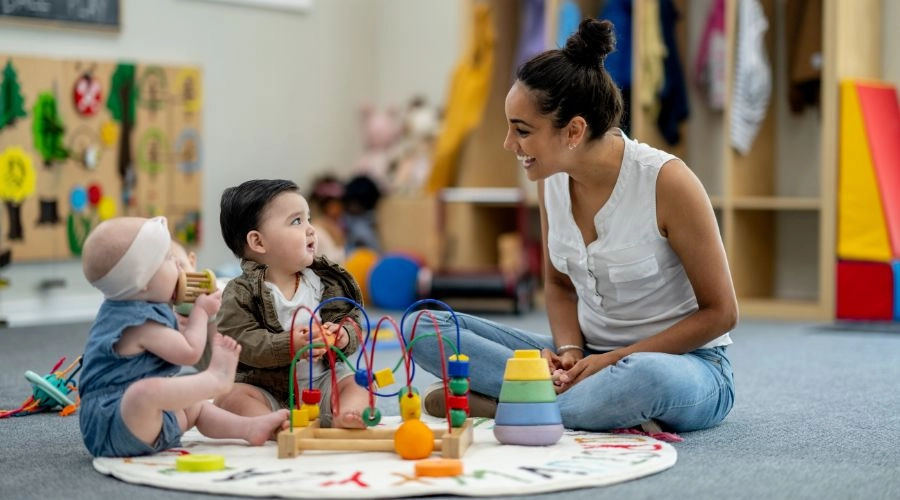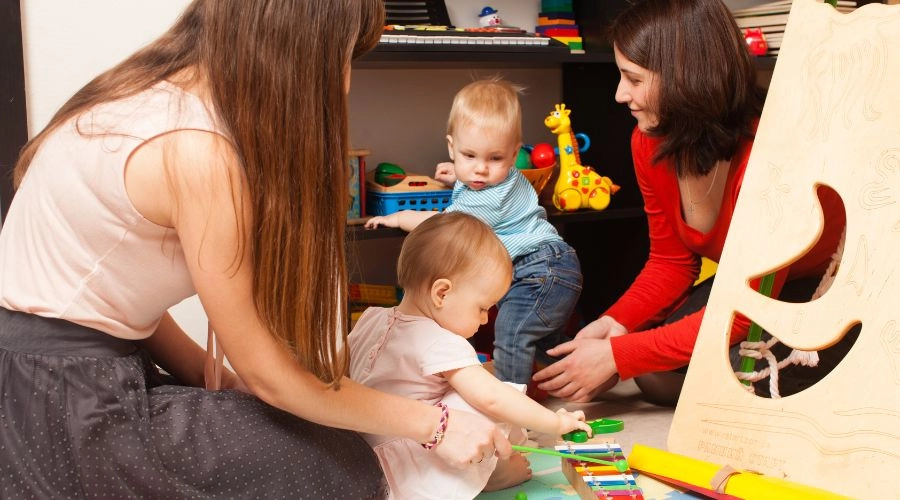It is a complex undertaking to teach children to save money. You may begin by teaching your kid the importance of money and how to keep it, which will help position them for a more prosperous life. Investopedia.com suggests educating children on the distinction between desires and requirements as a starting point.
Understanding The Importance of Money
Please clarify that needs include food, shelter, and basic (non-designer) clothes. Other critical demands include paying for health and dental visits and educational expenses. Conversely, wants are life’s delightful extras, such as nicer clothes, chocolates, and movie tickets. As you stroll around your house, you might question whether each thing is a need or a want.
Share how vital it is to save money to pay for desires and needs—and then provide them a place to keep their money. It might be as essential as a piggy bank or as formal as creating a bank account for them. They may put presents from Grandma in the jar and allowance money if your family offers it. As Dave Ramsey’s team proposes, use a transparent jar so young children can see their cash accumulating.
Explain the Value of a Dollar
Find out the price of an item from a retailer for a preschool or kindergarten youngster. Then physically withdraw that amount of money from the transparent jar so they can see how much of their saved money will go towards that purchase.
When your kid reaches primary school, they will better understand numbers. So it’s time to illustrate “opportunity cost.” If they desire a video game and know they have the money, talk about what they won’t be able to get, such as a famous brand of shoes. Allow them to consider the benefits and drawbacks of using their money.
Should Parents Provide an Allowance?
There is a lot of disagreement around allowance, and Ramsay advises that instead, you offer your children “commissions,” which depend on what duties they perform, teaching them that money must be earned.
Saving money—for both children and adults—can seem more sensible when you have a goal. This teaches the critical concept of delayed gratification. According to NerdWallet, this may help youngsters avoid impulsive purchases since they understand why they’re saving.
Buying Mulitple Items
The concept of impulsive purchasing raises another critical point: while educating children to save money, you should equally educate them to spend money wisely. A mother teaches her little daughter the value of a dollar and how to save money. They must learn how to spend money responsibly. When your kid reaches the right age, you may assist them in depositing their money into a savings account with an app that guides their budgeting and restricts their spending. This enables kids to gradually practice spending money, which teaches them much more than any theoretical example could.
Introduce Savings Accounts To Your Children
Forbes.com adds two additional critical components. Teach children how placing money into interest-bearing accounts helps their money increase just by existing in that account. Also, teach children the virtue of giving. This might go to a charity your family already supports, or they can pick one via Charity Navigator. This website researches and ranks charities, enabling your children to donate to good, trustworthy causes and organizations.






